Benefits of Grafted Hibiscus Plant
Hibiscus plants are renowned for their stunning, vibrant blooms and their ability to thrive in warm climates. Among the many types of hibiscus available, grafted hibiscus plants stand out for their superior qualities. Grafting, a horticultural technique where tissues from one plant are inserted into another to continue their growth together, has revolutionized hibiscus cultivation. The grafted hibiscus plant offers a host of benefits that make it a preferred choice for gardeners, landscapers, and plant enthusiasts.
This article delves into the numerous benefits of grafted hibiscus plants, exploring their growth characteristics, aesthetic appeal, adaptability, resilience, and more.
The grafted hibiscus plant is far more than just a decorative flower.
1. Enhanced Flowering and Color Variety
One of the most appealing benefits of grafted hibiscus plants is their enhanced flowering capability. Traditional hibiscus plants often have a limited range of colors or flower types. However, grafted hibiscus plants can combine multiple varieties, allowing one plant to produce flowers of different colors and forms. This means you can enjoy red, pink, orange, yellow, purple, or even multi-colored blooms on the same plant.
Key advantages:
Multicolor flowers on a single plant
Increased flower size and petal density
Extended blooming period
Unique and exotic flower varieties
Grafted hibiscus adds immense visual value to gardens, patios, balconies, and landscapes, making them ideal for ornamental purposes.
2. Stronger Root System
Grafting is often done onto a hardy rootstock. The rootstock is chosen for its ability to support healthy growth, absorb nutrients efficiently, and resist soil-borne diseases. This gives the grafted hibiscus a much stronger and more reliable root system than non-grafted counterparts.
Benefits include:
Better absorption of water and nutrients
Improved drought tolerance
Faster establishment in new soils
Greater resistance to root rot and nematodes
This robust root system ensures that the plant grows faster, remains healthier, and is less dependent on intensive care.
3. Disease and Pest Resistance
One of the key reasons for grafting is to overcome common diseases and pests. Grafted hibiscus plants are often more resilient to common problems like hibiscus beetles, aphids, mealybugs, spider mites, and fungal infections.
Advantages:
Fewer pesticide applications required
Lower risk of plant death due to disease
Sustainable and environmentally friendly gardening
Strong resistance to wilt and mildew
This natural resistance ensures a longer plant life and reduces the need for chemical intervention, making it safer for pollinators and people.
4. Faster Growth and Maturity
Grafted hibiscus plants typically grow faster than non-grafted ones. The grafted scion (the part taken from a desirable plant) benefits from the vigorous rootstock, accelerating overall plant development.
Highlights:
Faster flowering after planting
Early maturity compared to seed-grown plants
Quicker landscape impact
Ideal for commercial and residential landscaping projects
Faster growth not only saves time but also translates into quicker returns if the plants are being cultivated for commercial sale.
5. Compact and Controlled Growth
Another key benefit of grafted hibiscus plants is their ability to maintain a more compact and controlled growth habit. The rootstock influences plant height and branching, making it easier to manage the overall shape and size.
This is beneficial for:
Container gardening
Urban or small-space gardening
Bonsai-style hibiscus cultivation
Indoor plant arrangements
Grafted hibiscus can be shaped into standards (tree-form), shrubs, or even kept small for window sills and patios.
6. Ability to Combine Multiple Varieties (Multigrafting)
Multigrafting is the technique of grafting multiple hibiscus varieties onto one plant. This is a unique advantage only achievable through grafting.
Benefits include:
Space-saving with multiple colors in one pot
Extended blooming season (some grafts bloom at different times)
Artistic and creative gardening expression
Diverse visual appeal in limited space
Gardeners and nursery owners often use this method to attract buyers who want maximum aesthetic output from minimum space.
7. Increased Tolerance to Environmental Stress
Grafted hibiscus plants are more resilient to harsh environmental conditions, such as heat, fluctuating temperatures, and varying soil pH.
Key tolerances:
Heat resistance
Humidity adaptation
Mild frost resistance (depending on rootstock)
Salt-tolerant options for coastal regions
This makes them an ideal choice for areas with extreme weather or inconsistent growing conditions.
8. Improved Lifespan and Productivity
Thanks to the synergy between a strong rootstock and a high-quality scion, grafted hibiscus plants often live longer and remain productive over many years.
Key benefits:
Longer blooming years
Reliable performance season after season
Less replacement needed
Economically beneficial for landscapers and nurseries
This long-term performance reduces both time and costs in the maintenance of ornamental gardens or commercial landscapes.
Note:The grafted hibiscus plant is far more than just a decorative flower.
9. Customization and Control
Grafted hibiscus plants offer growers more control over the final plant’s behavior. For instance, one may choose a rootstock for dwarf growth and graft a large-flowered variety onto it. This allows for precision customization of the final product.
Applications:
Custom color combinations
Control over flowering schedule
Shape and height management
Tailored plants for commercial branding or display
This control can help gardeners and nurseries meet specific aesthetic or functional goals.
10. Easier Propagation of Difficult Varieties
Some hibiscus varieties are difficult to propagate from cuttings or seeds. Grafting allows such varieties to be cultivated successfully by attaching them to a more viable rootstock.
Benefits include:
Increased success rate in propagation
Preservation of rare or exotic varieties
Availability of specialty hibiscus in the market
Genetic preservation of desirable traits
This has been critical in maintaining and expanding the diversity of hibiscus plants available worldwide.
11. Commercial and Economic Benefits
For nurseries and commercial growers, grafted hibiscus plants provide tangible economic benefits due to their quality, appeal, and survivability.
Economic advantages:
Higher market value
More attractive to buyers
Reduced maintenance and loss rate
Longer shelf-life in nurseries
Customers are often willing to pay a premium for grafted plants due to their performance and visual appeal.
12. Sustainability and Eco-Friendliness
Due to their stronger root systems, disease resistance, and reduced need for chemicals, grafted hibiscus plants align with sustainable gardening practices.
Sustainable practices supported by grafting:
Reduced pesticide use
Water-efficient growth
Soil conservation
Biodiversity through multigrafting
These factors help create a healthier ecosystem in both private gardens and public landscapes.
13. Year-Round Enjoyment
Grafted hibiscus varieties are often selected and grown to offer continuous or extended blooming. Some hybrids, when grafted correctly, can bloom throughout the year in suitable climates.
Benefits include:
Continuous visual beauty
Pollinator attraction year-round
Great for landscape consistency
Mood enhancement and aesthetic harmony
Whether you’re creating a tropical retreat or beautifying an urban garden, grafted hibiscus delivers unmatched flowering potential.
14. Versatility in Landscaping Design
Due to their manageable size, vibrant flowers, and structured form, grafted hibiscus are a landscaper’s dream. They are suitable for a variety of landscape applications.
Ideal for:
Borders and hedges
Patio containers and hanging baskets
Garden centerpieces
Public parks and commercial gardens
Their presence adds color, texture, and vibrancy to both modern and traditional landscape designs.
15. Educational and Aesthetic Value
Grafted hibiscus plants can be used as educational tools in schools, nurseries, and botanical centers to demonstrate the science of grafting and plant propagation. Their aesthetic appeal also makes them a favorite in plant exhibitions and flower shows.
Educational uses:
Demonstrating grafting techniques
Teaching plant biology and horticulture
Botanical research and experimentation
These plants help bridge the gap between gardening, education, and art.
Conclusion
The grafted hibiscus plant is far more than just a decorative flower. It is a result of scientific technique and horticultural innovation that brings numerous benefits—from improved flowering and disease resistance to increased versatility and economic viability.
Whether you’re a casual gardener, a professional landscaper, or a commercial nursery operator, choosing grafted hibiscus can significantly enhance your planting success and aesthetic satisfaction. These plants offer an unbeatable combination of beauty, resilience, and efficiency—making them a valuable addition to any garden or landscape.
By understanding and leveraging the benefits of grafted hibiscus plants, gardeners can enjoy long-lasting blooms, healthier plants, and a more rewarding gardening experience.
If you’d like, I can also format this for blog SEO or add headings, images, or FAQs. Let me know!
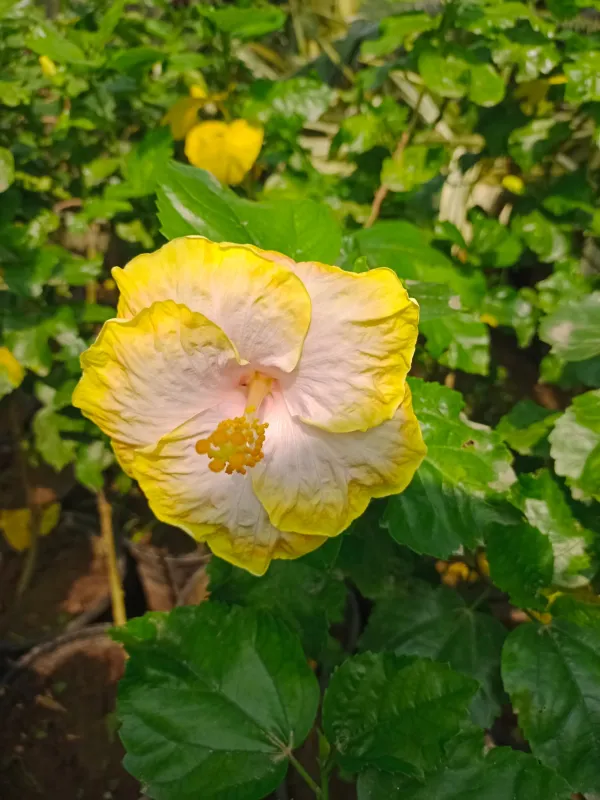


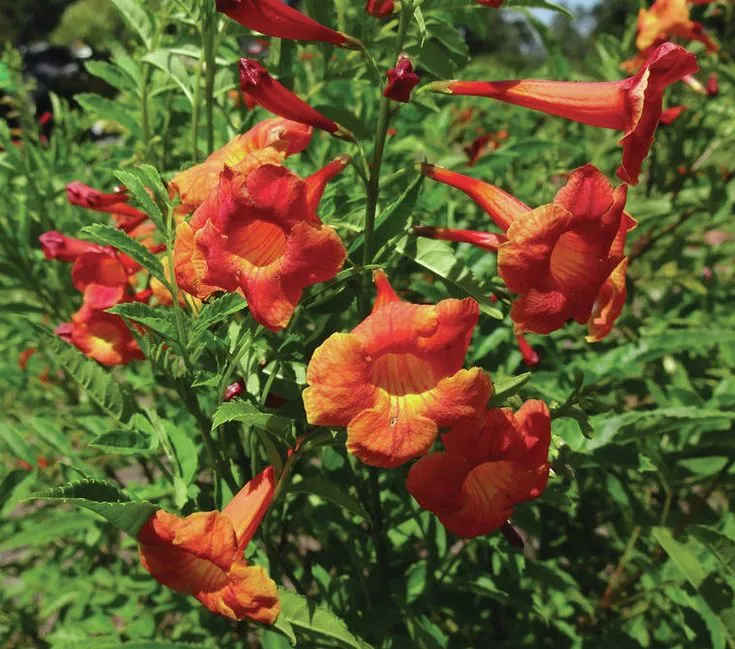
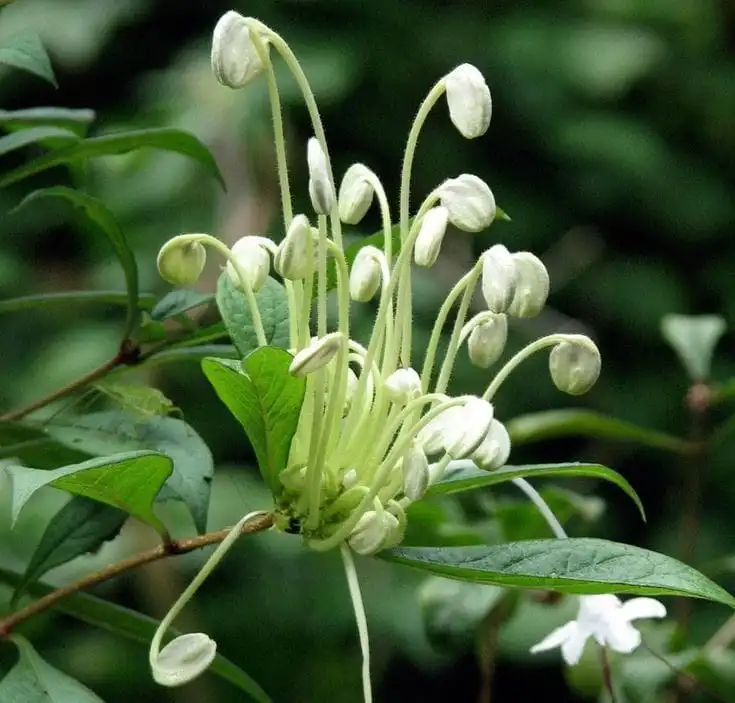
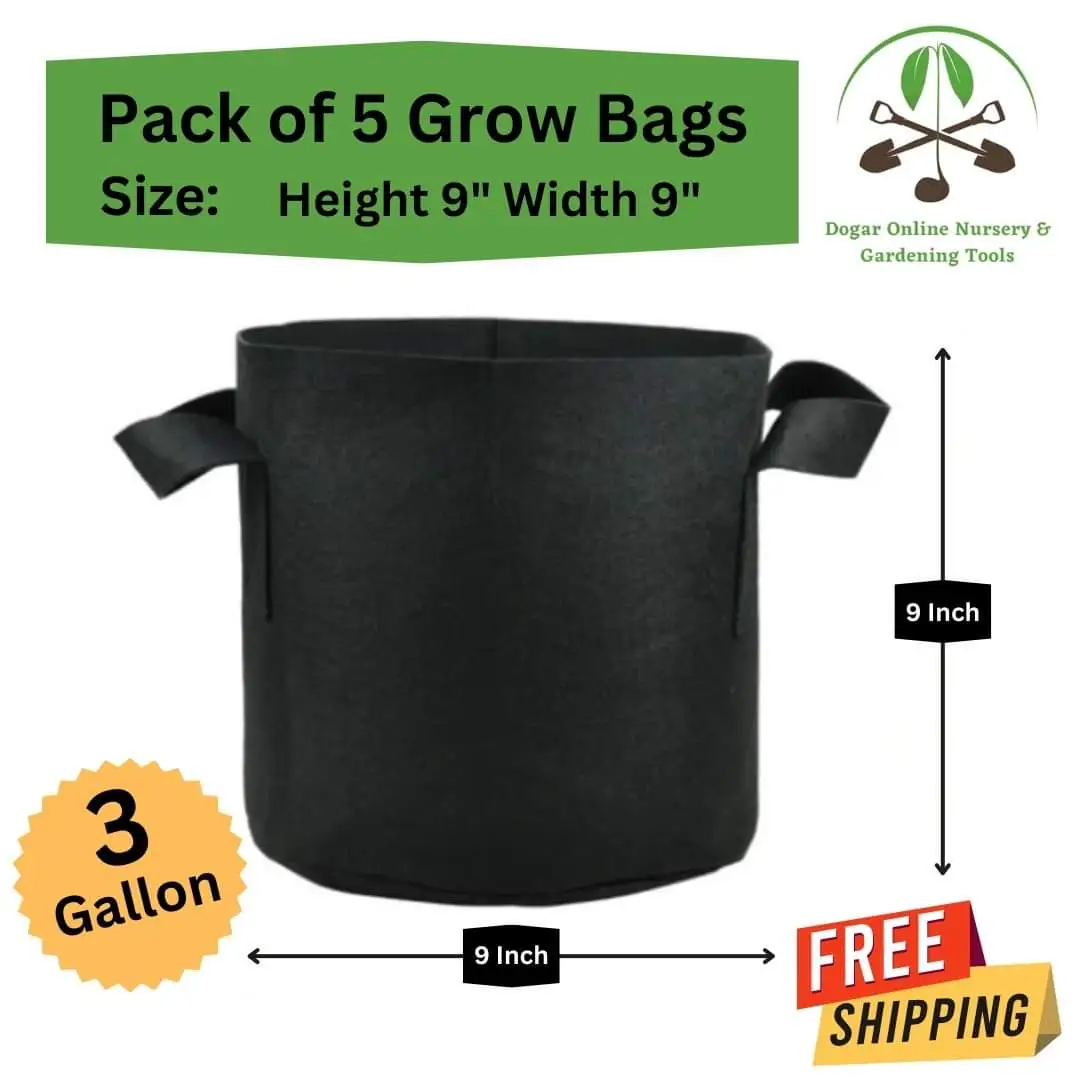
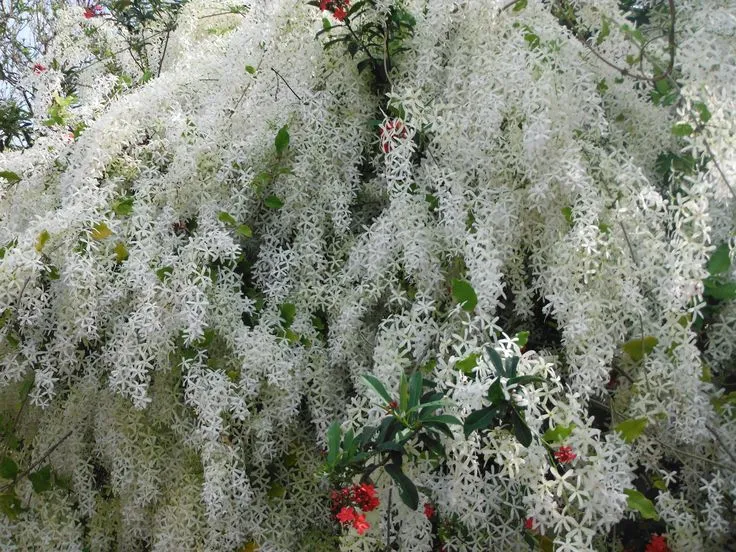

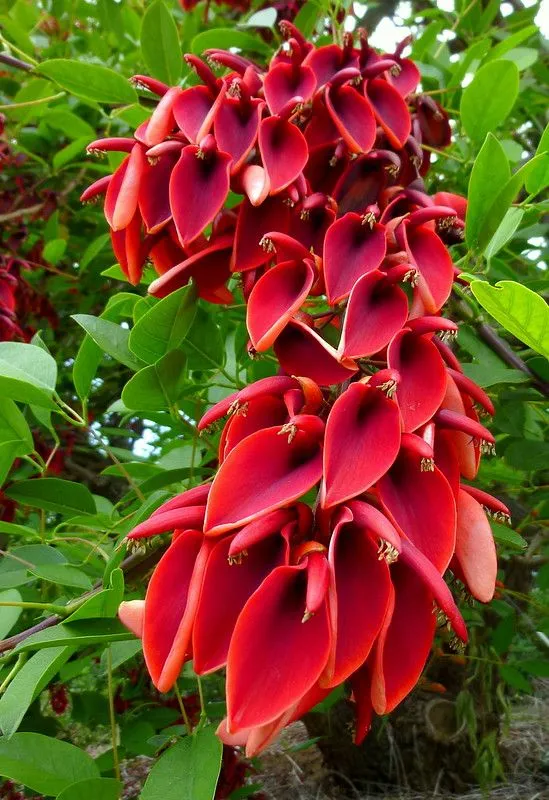
Leave a Reply